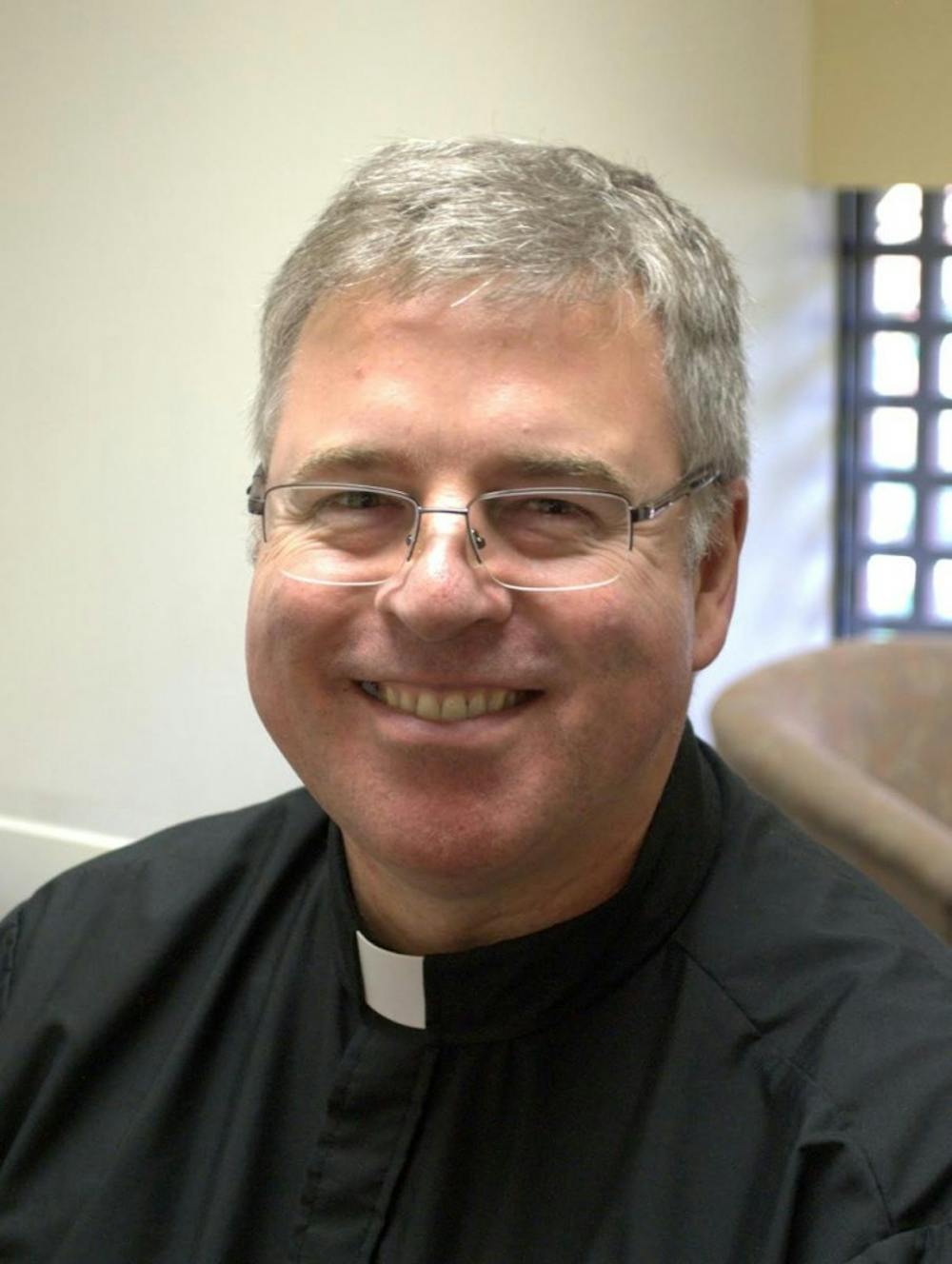More literal approach to liturgy changes prayers and congressional responses in Mass
(-- The Beacon)
By Fr. Michael Belinsky, C.S.C.
Nothing identifies Catholics as CATHOLIC more than the Mass, our celebration of the Sacrament of the Eucharist. Very soon, on Sunday, Nov. 27, 2011 (the First Sunday of Advent) Roman Catholic Christians in English-speaking nations will begin to use a new English translation of the Mass with revised prayers and congregational responses.
Even though the celebration of the Eucharist has been handed down to us from the age of the apostles, Roman Catholic Christians have celebrated the Eucharist and observed its ritual over 2,000 years from within their own cultures, language, traditions and social context.
Over the past 60 years, since the Second Vatican Council, the Roman Rite – the way in which most of us worship at Mass – has experienced stages of slow and rapid evolution. For our Catholic parents and grandparents, in the years between 1969 and 1975, the language used during Mass returned to that of those who were in the pews; In our nation, Latin gave way to English.
As well, the shape of the liturgy and its actions were given a simpler form. Repetitious actions and words were streamlined so that the actions and words, now seen and heard by the congregation for the first time, would convey greater understanding and so possess greater meaning.
This first translation, 1969-1975, took place in just under four years and was meant to convey the dynamic sense of the words which were in Latin. That type of translation meant that not every word and image was translated into English; rather the main gist of the idea was provided even if all of the words or phrases were not included.
We must understand that the accurate translation from one language to another can take many painstaking hours and years. From what I understand, the late Pope John Paul II and Pope Benedict XVI with the bishops, various committees and Vatican Offices have worked many years on the approval of this English translation.
The translation, which goes into effect this Nov. 27, 2011, is meant to be not a dynamic translation, but a literal one; that means that the words we will hear and we will say in English during the Mass are more precise when compared to the original Latin words and phrases. This more literal translation is meant to lead us into a renewed appreciation of the Mass through the richer, more scripturally-based imagery of the prayers and the people's responses.
So, what will change?
Although the order and structure of the Mass remains the same, most of the spoken parts of the Mass were revised: the Opening Prayers, the Prayers over the Gifts, the Closing Prayers, all of the Eucharist Prayers (nine of them), the Penitential Act and the Gloria which are found during the Introductory Rites of the Mass, the Creed, the dialogue which precedes the Preface to the Eucharistic Prayer along with the Prefaces to the Eucharistic Prayers, and the introduction to the Lord's Prayer and to the Reception of Communion.
Perhaps the most striking will be the response as when the priest states: "THE LORD BE WITH YOU." The new response will be: "AND WITH YOUR SPIRIT." This dialogue occurs four times during the Mass and is meant to assure the priest that the Spirit of the Lord will be with him as he accomplishes his sacramental duties with us, for us and among us.
Another set of changes, for instance, occurs within the Creed: currently, the Creed begins each section with the phrase "We believe in God …" This "we" will be changed to an "I believe …" in order to mirror the answers given at one's Baptism. Also, this translation will reintroduce into the Creed the word "consubstantial." Until this point, the understanding of Jesus Christ, born of the Virgin Mary, is that he is "one in being with the Father." The new translation will replace the phrase "one in being" with the Greek word "consubstantial" which comes from the 4th century Church Councils. Beyond this, we currently profess that Jesus Christ "by the power of the Holy Spirit was born of the Virgin Mary." This will be replaced by the phrase "and by the Holy Spirit was incarnate of the Virgin Mary." Again, the text reverts to the Greek for a more rich sense of the mystery of God who becomes a human person for our salvation.
There are more changes than these. In order to find out more details about these important revisions, go to the U.S. Council of Catholic Bishops' website www.usccb.org or talk to your campus minister, pastoral resident or Holy Cross priest or brother!
Fr. Michael Belinsky, C.S.C., can be reached at belinsky@up.edu









